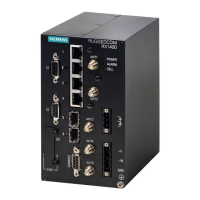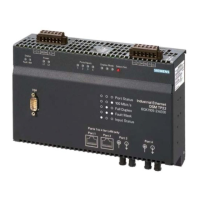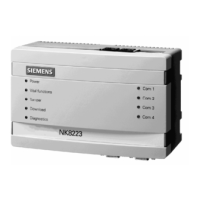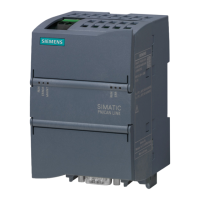RUGGEDCOM ROX II
CLI User Guide
Chapter 17
Time Services
Deleting an NTP Server 737
Section17.8.4
Deleting an NTP Server
To delete an NTP server configured on the device, do the following:
1. Make sure the CLI is in Configuration mode.
2. Delete the NTP server by typing:
no services ntp server IP Address
Where:
• IP Address is the internal address of the remote NTP server.
3. Type commit and press Enter to save the changes, or type revert and press Enter to abort.
Section17.8.5
Managing Server Keys
Server keys are used to authenticate NTP communications and prevent tampering with NTP timestamps. When
using authentication, both the local and remote servers must share the same key and key identifier. Packets sent
to and received from the server/peer include authentication fields encrypted using the key.
CONTENTS
• Section17.8.5.1, “Viewing a List of Server Keys”
• Section17.8.5.2, “Adding a Server Key”
• Section17.8.5.3, “Deleting a Server Key”
Section17.8.5.1
Viewing a List of Server Keys
To view a list of server keys, type:
show running-config services ntp key
If keys have been configured, a table or list similar to the following example appears:
ruggedcom# show running-config services ntp key
services
ntp
key 1
value $4$87sRT/Z+sxs9hYYI0d4IDw==
trusted
!
!
!
If no server keys have been configured, add keys as needed. For more information, refer to Section17.8.5.2,
“Adding a Server Key”.
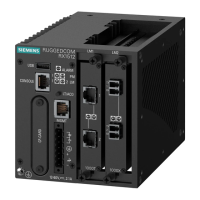
